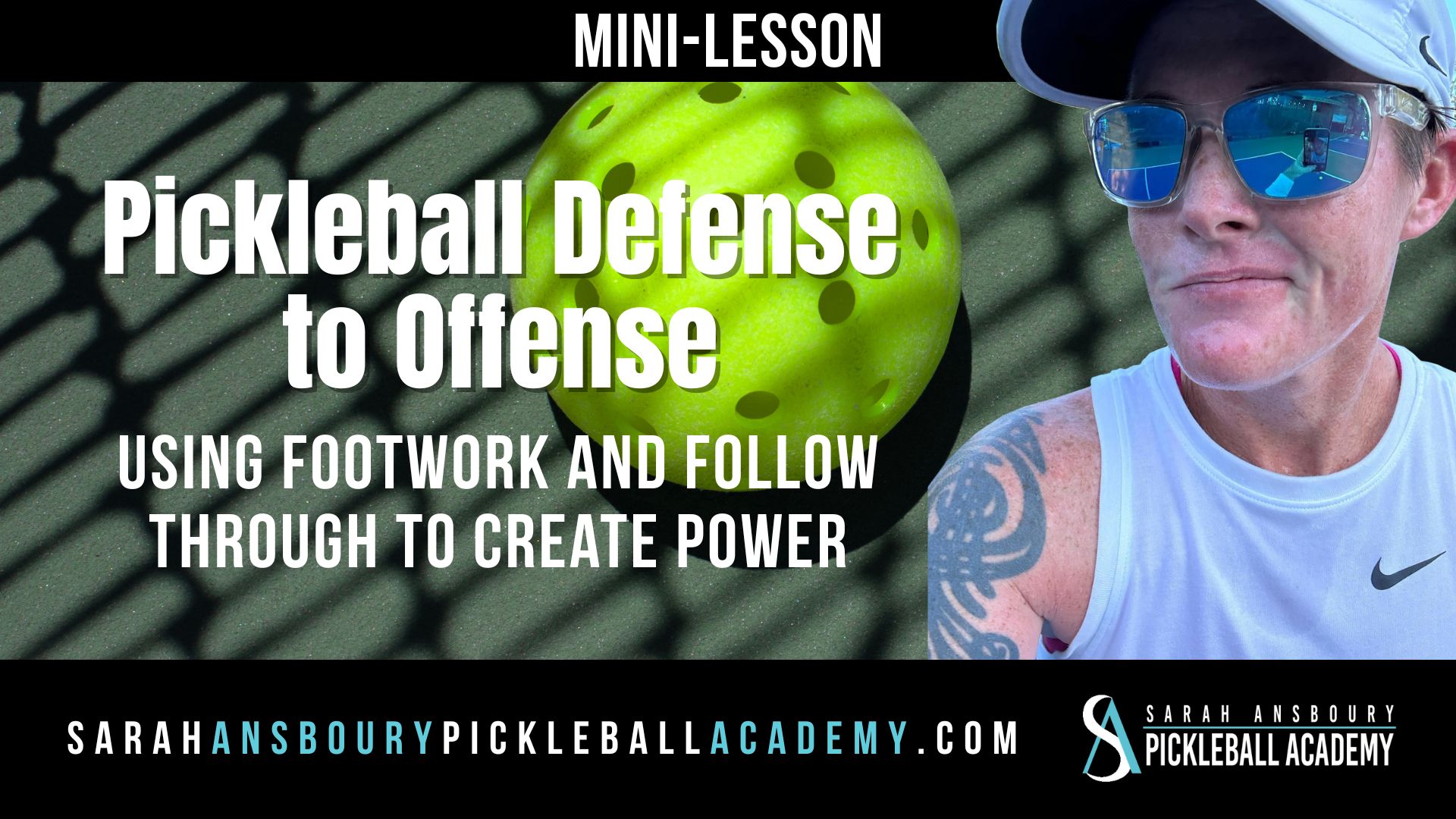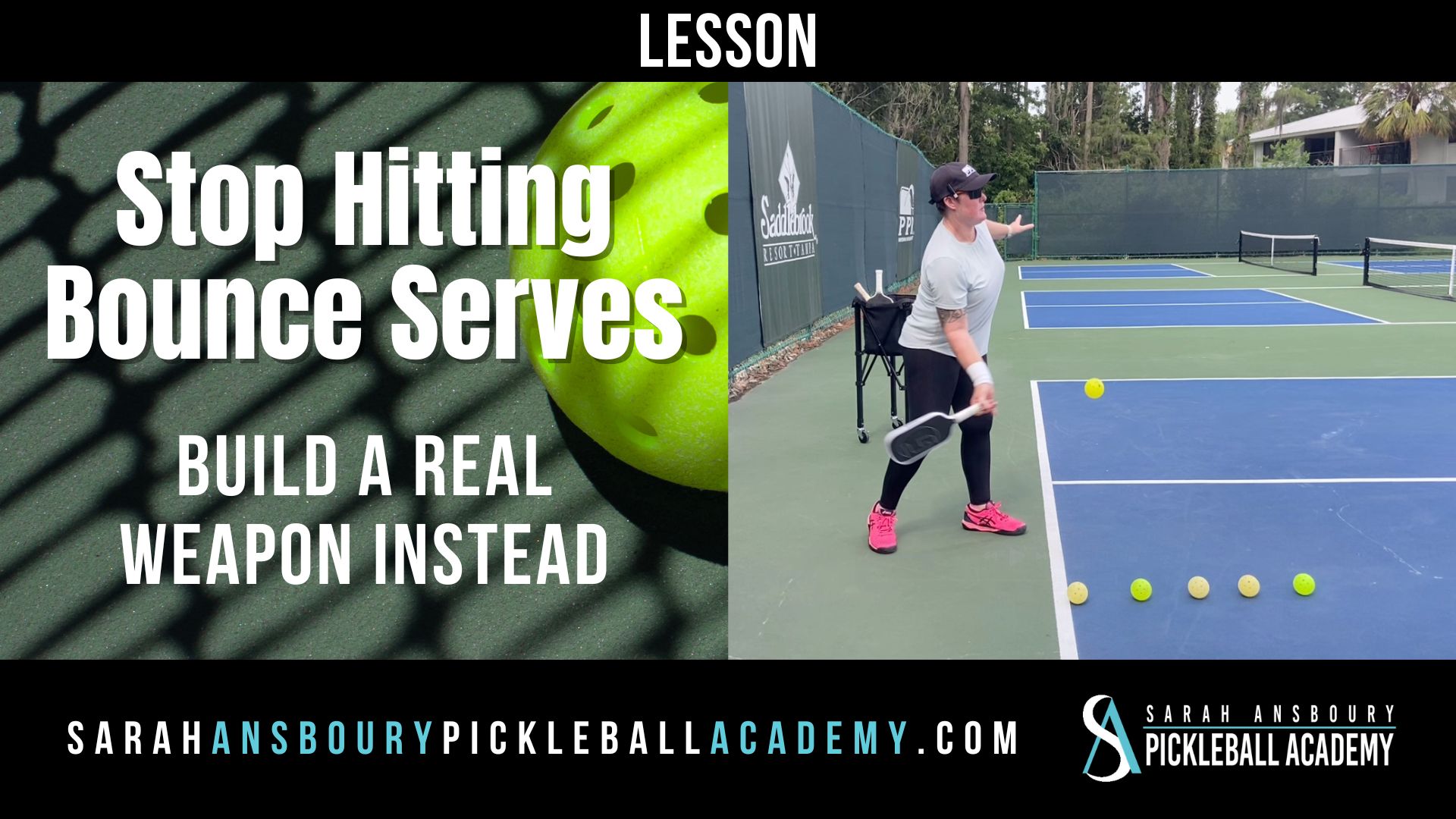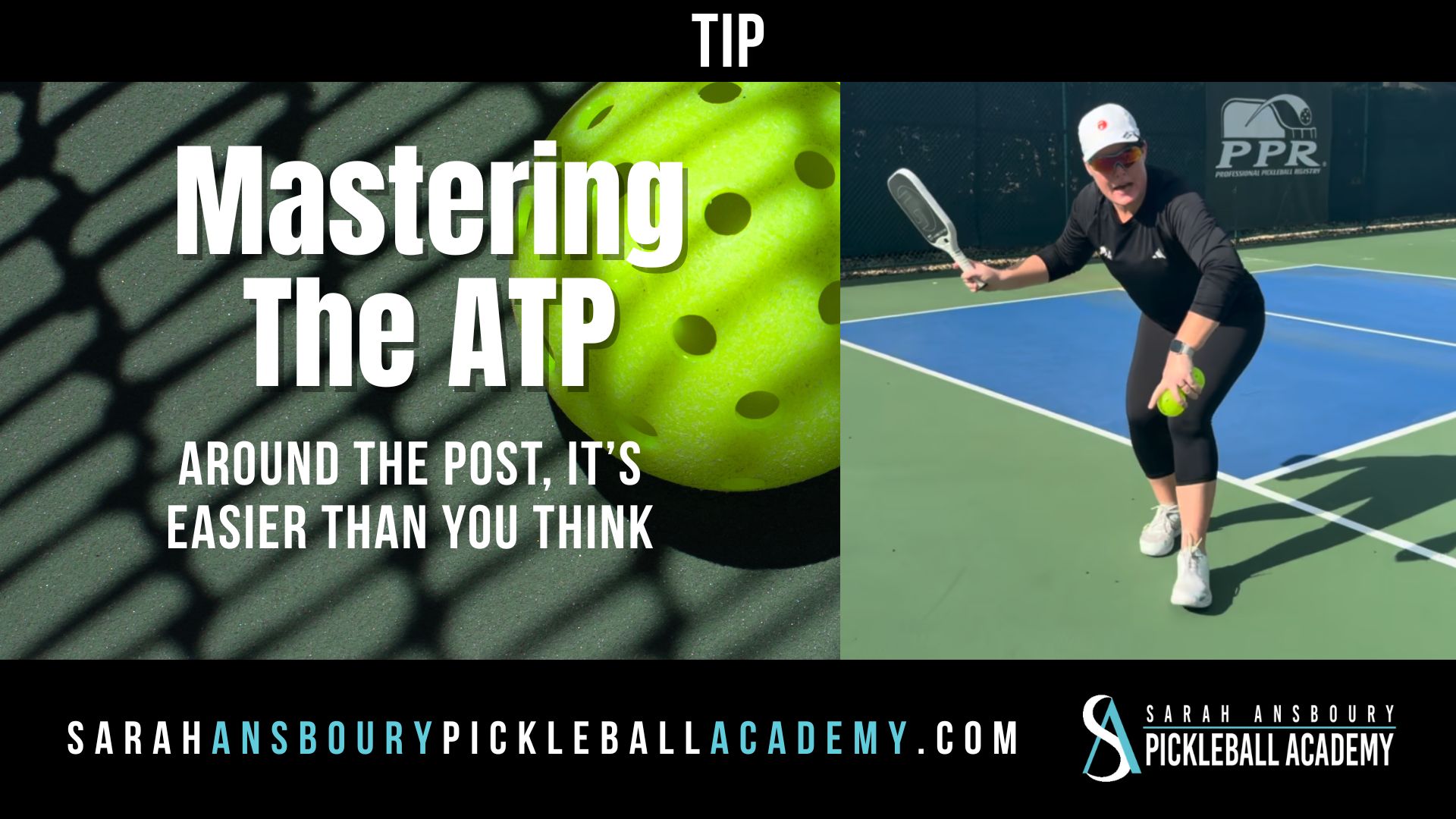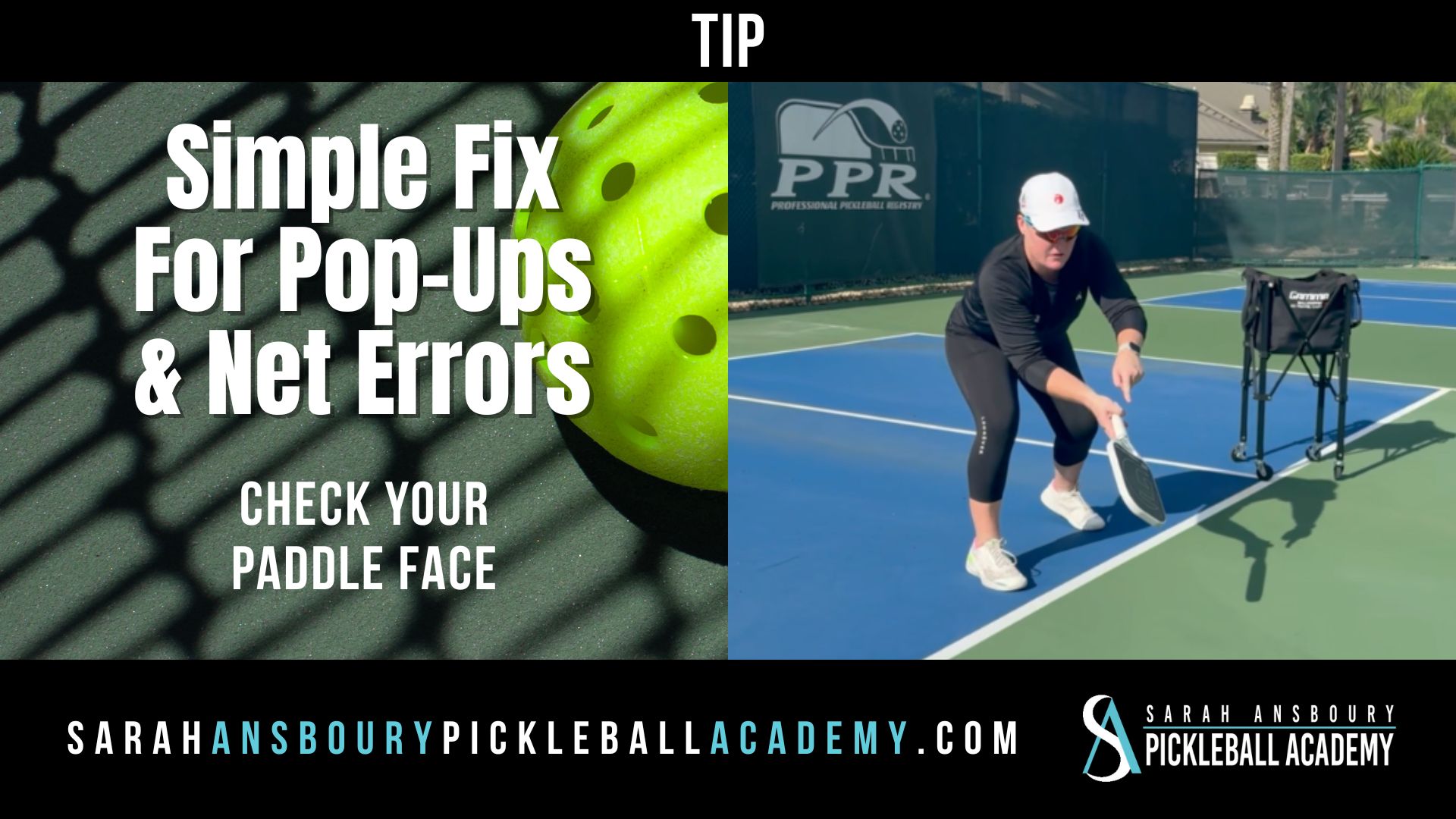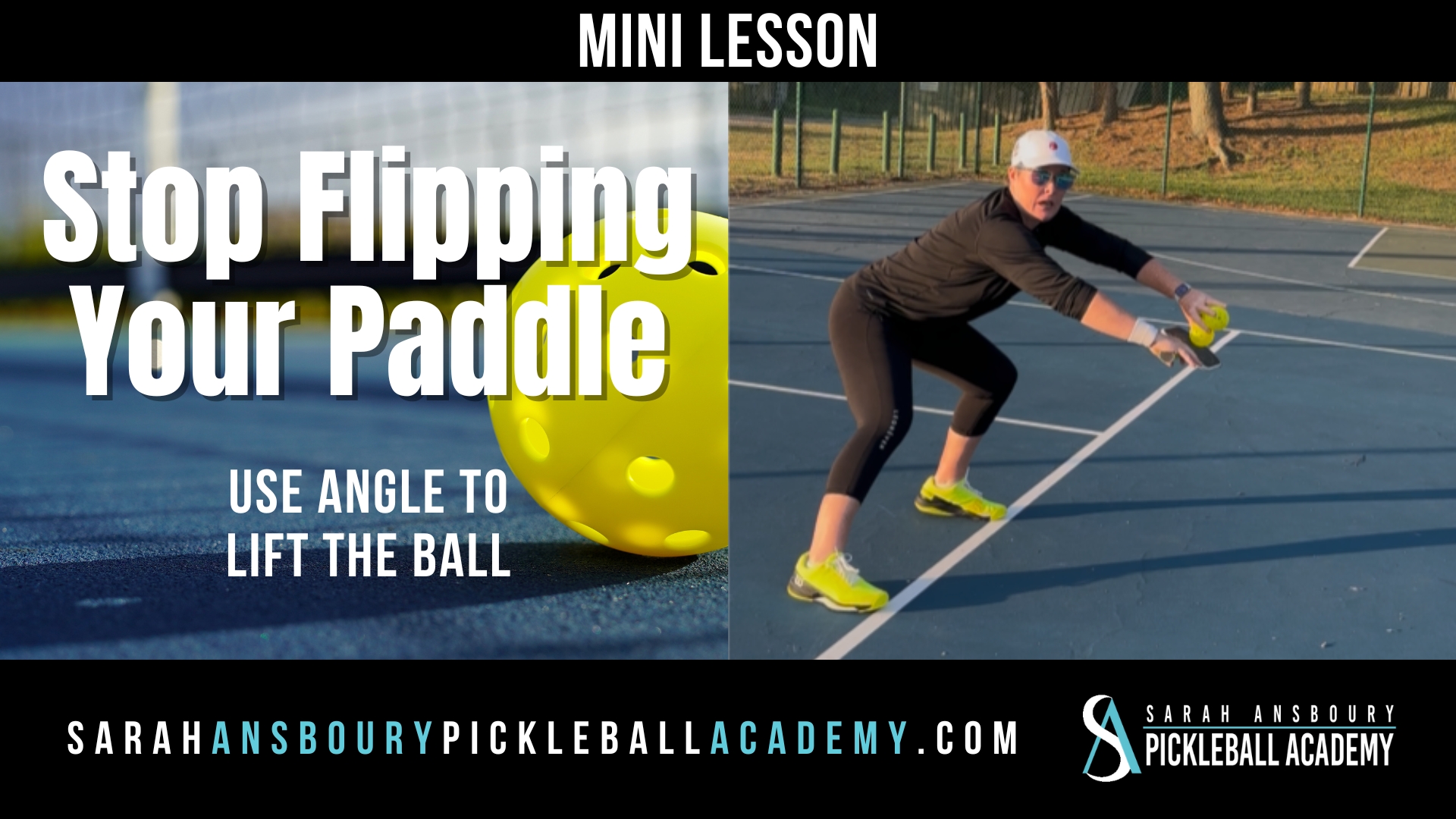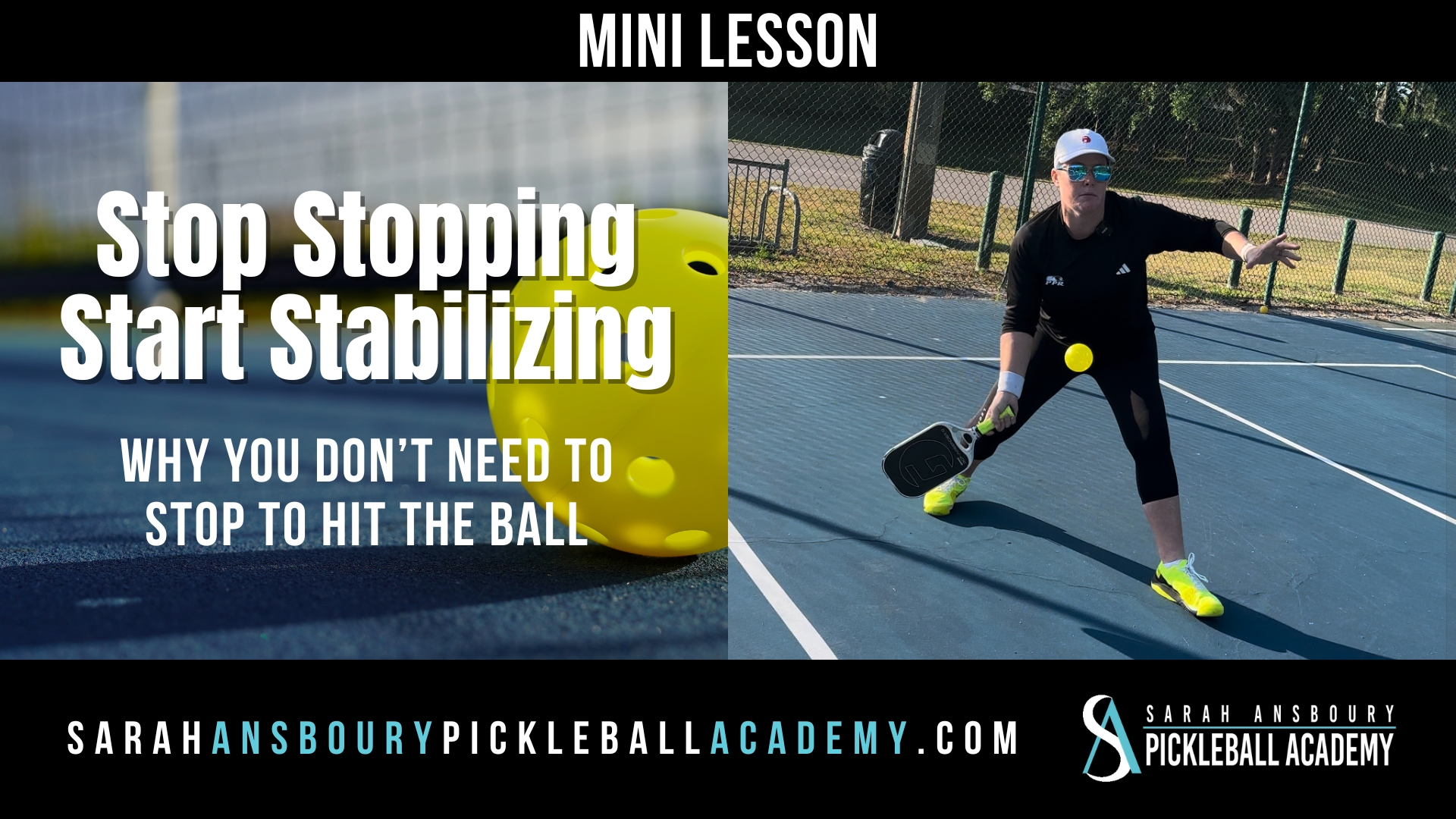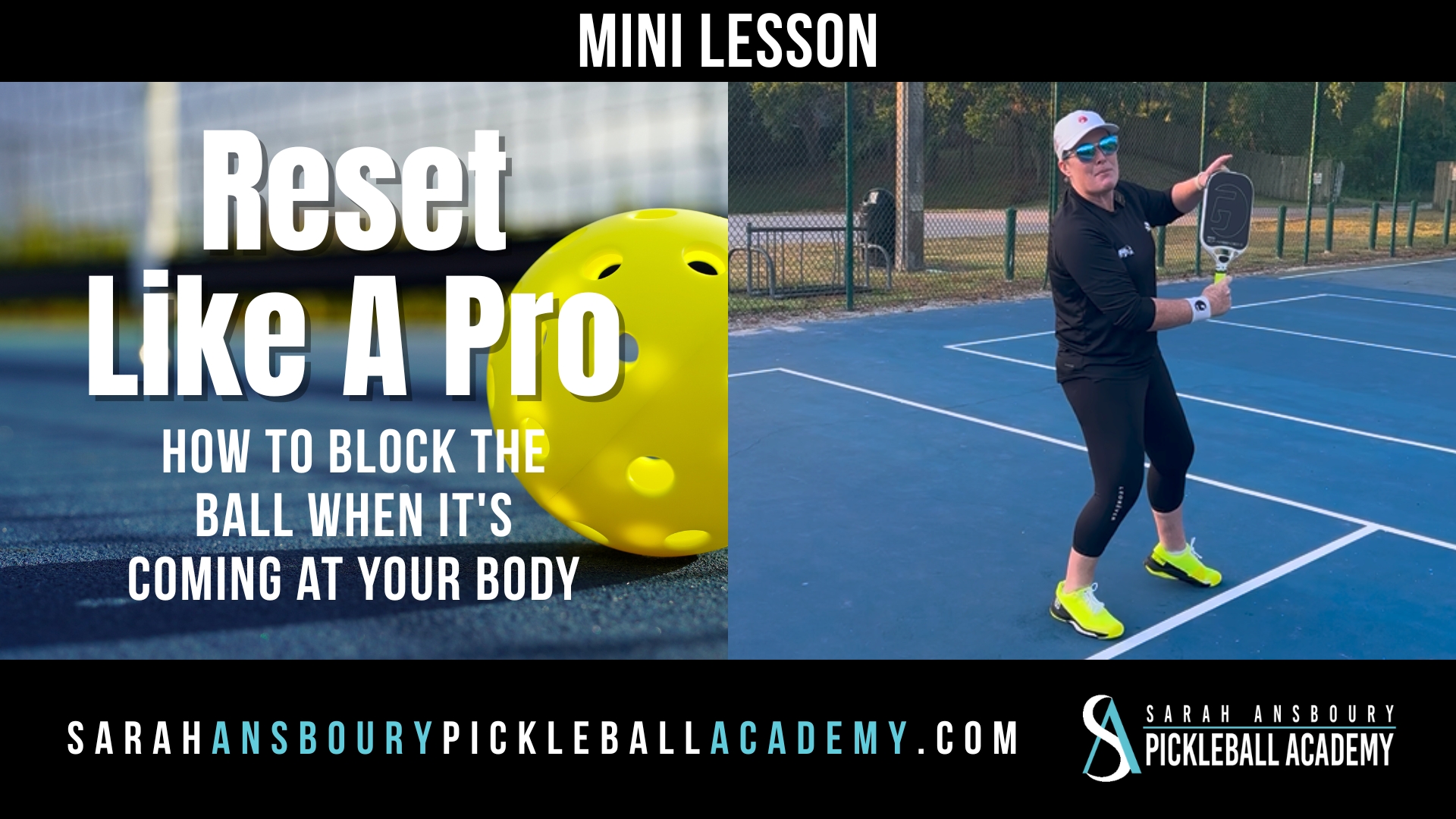Hitting an overhead in pickleball can be a bit tricky, especially if you’re new to the sport or haven’t played other racquet sports like tennis. However, with the right progression and practice, you can develop a strong and effective overhead shot. In this post, I’ll walk you through a simple three-step process to help you master this essential skill.
Step 1: Mimic the Motion
Before we even hit a ball, it’s crucial to get comfortable with the basic movement. I like to call this the “trophy pose” because of its resemblance to the position tennis players take when preparing for a serve.
- Start in a Ready Position: Hold your paddle where you would normally have it in a neutral stance.
- Simulate the Overhead Movement: Begin by mimicking the overhead motion without a ball. Imagine you’re pointing at the ball with your non-dominant hand. This helps you prepare for the shot and keeps your shoulders and head high, which is key to good form.
- Footwork Practice: Take a couple of steps backward, starting with your right foot (for right-handers), then shift your weight from your back foot to your front foot. This step is all about getting the motion right before you introduce a ball.
Step 2: Catch the Ball
Now that you’ve practiced the motion, it’s time to add a ball into the mix, but we’re not hitting it just yet.
- Toss and Catch: Have your partner toss the ball to you. Instead of hitting it, try to catch it with your non-dominant hand. This might sound simple, but it’s incredibly effective for building the coordination you need.
- Focus on Hand-Eye Coordination: The goal here is to maintain high hands and a high head position. Your non-dominant hand should stay up, which is crucial for both balance and ensuring your shoulders stay aligned.
- Practice Together: The key here is to get used to your hands working together. By catching the ball with your left hand (for right-handers), you’re reinforcing the correct contact point and body alignment.
Step 3: Strike the Ball
Once you’re comfortable with the motion and the catch, it’s time to put it all together and hit the ball.
- Maintain the Same Preparation: Just as you did in the first two steps, set up with your trophy pose and focus on that contact point where you were catching the ball.
- Strike the Ball: Now, instead of catching it, you’re going to hit the ball. The catch drill has already helped you establish where your contact point should be, so now it’s just a matter of connecting the ball to your paddle.
- Combine Movement and Technique: You’ve built up the foundation—movement, hand-eye coordination, and now it’s all about putting it together to execute a successful overhead shot.
Final Thoughts
By breaking down the overhead into these three simple stages—mimicking the motion, catching the ball, and then striking it—you can gradually build up your confidence and skill. This progression not only helps with your overhead but also reinforces the importance of proper movement, coordination, and technique in all aspects of your pickleball game.
Keep practicing these steps, and before you know it, your overhead will become a reliable weapon on the court!

